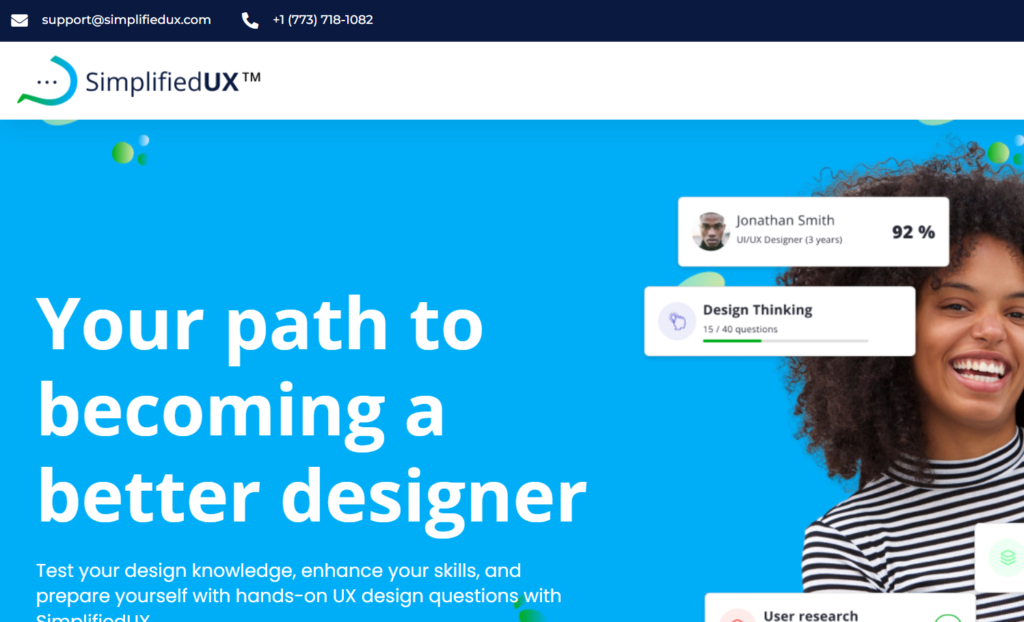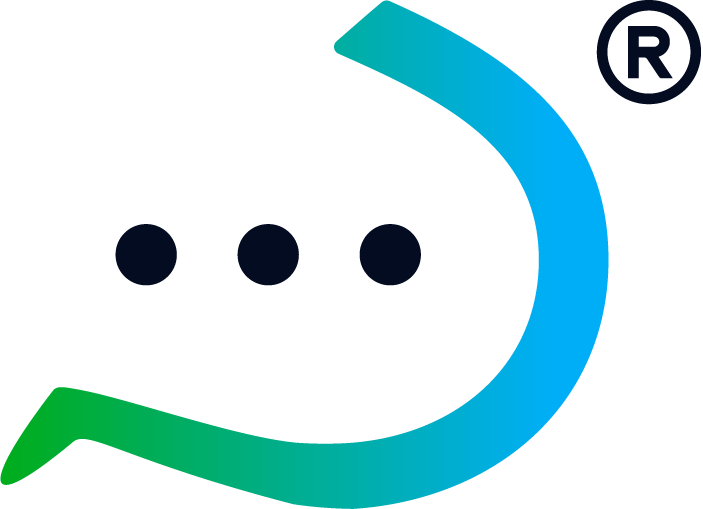The best user experience design is one that is not visible to the users (well, not literally, though). What this means and which you can consider as one of the secrets of UX design, is that as a UX designer, it is essential that end-users do not concentrate on the design or think about the designer while visiting a website or using an app.
The users do not really concern themselves with trying to figure out how much work has gone into creating a product, who the designer is or how great the design looks or feels. While going through the internet, a user’s main focus is usually on product functionality. If a user wants to send money with your app, they are likely thinking about the money to send and how to send it rather than thinking of how great the app look or if the buttons are designed correctly (Users attention will be drawn to the UX only when the product does not work effectively)
The ultimate goal as a UX designer and one of the secrets of UX design and of creating effective products is to create a product that does not draw undue user attention while leaving an indelible mark on the minds of your end-users.

Let’s take a look at some much more hidden secrets of UX design that even most expert designers do not know.
Choosing quality over quantity
One of the secrets of UX design which most designers do not know is that qualitative data is always more important than quantitative data.
User research will often take two parts and the results will often be in two data types.
- The quantitative data which are measurable data that includes A/B test results, survey results, conversion rates, etc. These are data that signifies where, when or how much.
- The qualitative data which are gathered from user interviews, quotes, observations of user test participants, etc. These are data that helps a designer understand the why.
When it comes down to making a decision and having to choose one or the other, it is important to note that having an understanding of why users do something is often more valuable and essential to UX design than having measurements that may or may not be relevant to the issue involved.
Adopting The Art of StoryTelling
When we talk about storytelling, it is often associated with content writing. We understand the power of storytelling in content creation but most designers neglect its power in visual design. One of the secrets of UX design is the power of storytelling in visual design.
As the world evolves and the digital industry keeps going towards web3, it is important to note that storytelling has now become an integral part of content in all of its forms and this includes UX design. In this digital era, visual storytelling is taking precedence over siloed designs and seeing that internet users are often easily distracted, it is important to use your design to tell a story, to keep them engaged while meeting their expectations. Some creative techniques that designers can use in visual storytelling may include:
- Prototypes: Once you have set up your workflow and gotten an idea of how you want to tell your design story, prototypes will help you to understand what the final result would look like after creating the design. This will help you see areas that need improvements and to single out priority elements while streamlining the design process.
- Wireframes: Wireframes will help you map out the functionalities of the product as it aligns with the story you are telling your users and helps you identify and resolve design flaws. Since wireframes push usability to the forefront, it makes it easier to map end-to-end workflows of your product.
- Color Palettes: There are no visuals without colors. Your color choices and combinations create an important part and is one of the secrets of UX design. Colors are what brings elements to life and places emphasis on the correct takeaways, such as CTAs.
- Visual Hierarchy: This is the part of your story which is directly tied to the overall user experience. Using the proper compositions and placing of UX design elements, it is easier for users to absorb the overall message and intention of the product.

Being Transparent
As a UX designer, one of the secrets of UX design to adopt is being transparent with your process. You can create a design wall, and add your findings to your wall, and volunteer to share your progress, your ideas, your findings and steps. This will make it easy for stakeholders and other team members to access and contribute to your work. But of course, you want to be strategic when choosing participants and people to share your work and ideas with. Perhaps invite important members of different teams, the growth team, the branding team, customer success team etc to participate in your ideas sharing sessions and share your wall with them. They may not know so much about UX design but they can help to give ideas on user-centered approaches.
Using Several Research Methods
Every research method has proven to have its own advantages and disadvantages, it’s important to try different research methods always because relying on only one method will make your research one-dimensional. You may want to triangulate research so that complementary methods can be used to confirm data relevance and accuracy.
——————
There are lots of points and tips which can help you grow and improve your design skills. We like to call them the secrets of UX design, but they are really out there for your usage.
One of these secrets of UX design is testing your skill. And we have provided a way for UX designers at all levels to test and improve their UX skills.

Sign up at SimplifiedUX to test, improve and set skill goals.


